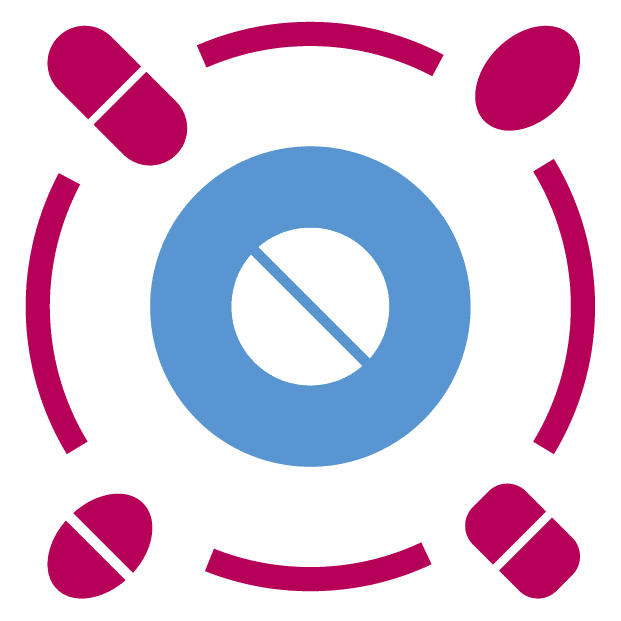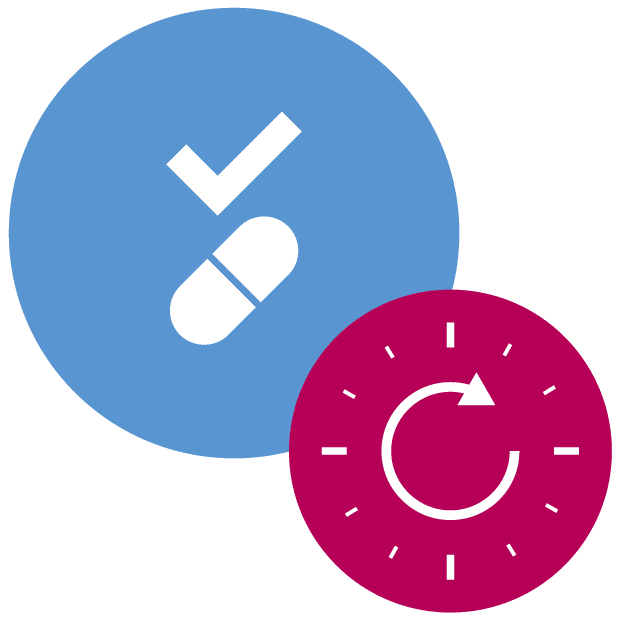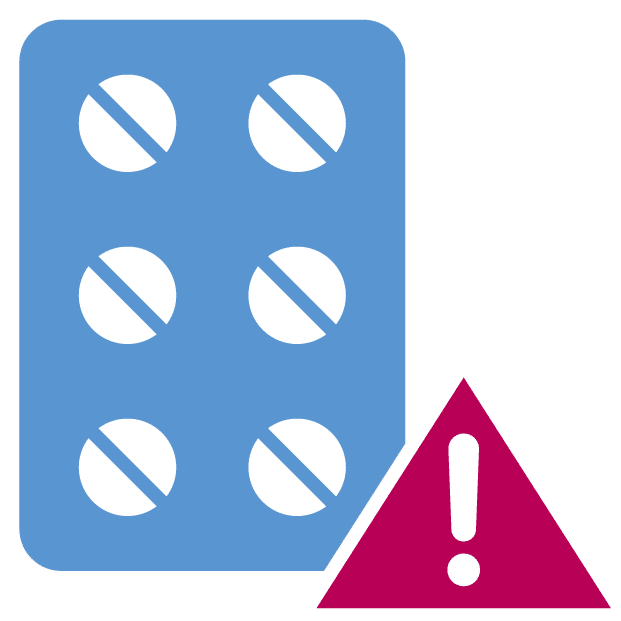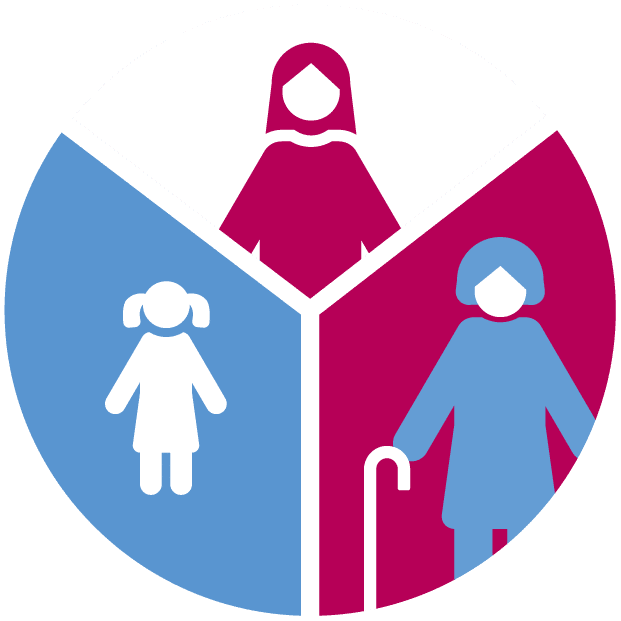With increasing age, the number of regular medications often increases, which increases the risk of adverse drug reactions and interactions. Polypharmacy is a term used when a patient has several medications at the same time. In some cases a patient with several medications may unknowingly take one drug to alleviate the adverse effects of another drug and it can be difficult which symptoms arise from an illness and which may be side effects of drugs.
In the worst case, adverse drug reactions can be debilitating or even life-threatening. 1,6 2. Milder adverse effects, such as dizziness, fatigue, and nausea, may not result in hospitalisation but can impact the patient’s quality of life or the ability to live independently
[1] Kauppila, M. et al (2021) incidence, preventability, and causality of adverse drug reactions at a university hospital emergency department. European Journal of Clinical Pharmacology. 77, 643-650. https://doi.org/10.1007/s00228-020-03043-3
[2] Schepel, L. et al (2019) Medication Reconciliation Review for Older Emergency Patients Requires Improvement in Finland. International Journal of Risk & Safety in Medicine. 30(1), 19-31. https://doi.org/10.3233/JRS-180030
[3] Seppala, L. et al. (2018) Fall-risk-increasing drugs: a systematic review and meta-analysis: III. Others. Journal of the American Medical Directors Association. 19(4), 372-e1. https://doi.org/10.1016/j.jamda.2017.12.099
[4] Elliott, L. (2017) Clinical impact of pharmacogenetic profiling with a clinical decision support tool in polypharmacy home health patients: A prospective pilot randomized controlled trial. PLOS ONE. 12(2), e017905. https://doi.org/10.1371/journal.pone.0170905
[5] Montero-Odasso, M., van der Velde, N., Martin, F. C., Petrovic, M., Tan, M. P., Ryg, J., … & Masud, T. (2022). World guidelines for falls prevention and management for older adults: a global initiative. Age and ageing, 51(9), afac205. https://doi.org/10.1093/ageing/afac205
[6] Official Statistics of Finland (OSF): Statistics on road traffic accidents [e-publication]. ISSN=2342-3846. 2019. Helsinki: Statistics Finland [referred: 9.11.2022]. Access method: http://www.stat.fi/til/ton/2019/ton_2019_2021-01-19_tie_001_en.html
Polypharmacy may increase fall-risk 3,5. Pharmacogenetic testing can help identify ineffective medications and medications that are likely to cause adverse effects so that they can be switched to safer and more effective medications. Pharmacogenetic testing has been shown to significantly decrease emergency department visits and need of hospitalisation of polypharmacy patients 4.
The adverse effects from polypharmacy also have financial significance both for the society and the patients themselves. Emergency department visits and hospitalisations due to adverse drug reactions increase the burden on healthcare systems and increase costs and wait times.
Pharmacogenetic testing can guide the doctor in choosing the medication for you individually. This way you can avoid medications that are ineffective for you or increase your risk of adverse drug reactions.
Precision medication increases the efficacy and safety of medications. 4.





Abomics, Abomics PGx, GeneRx, GeneAccount are registered or non-registered trademarks of Abomics Oy in various countries.